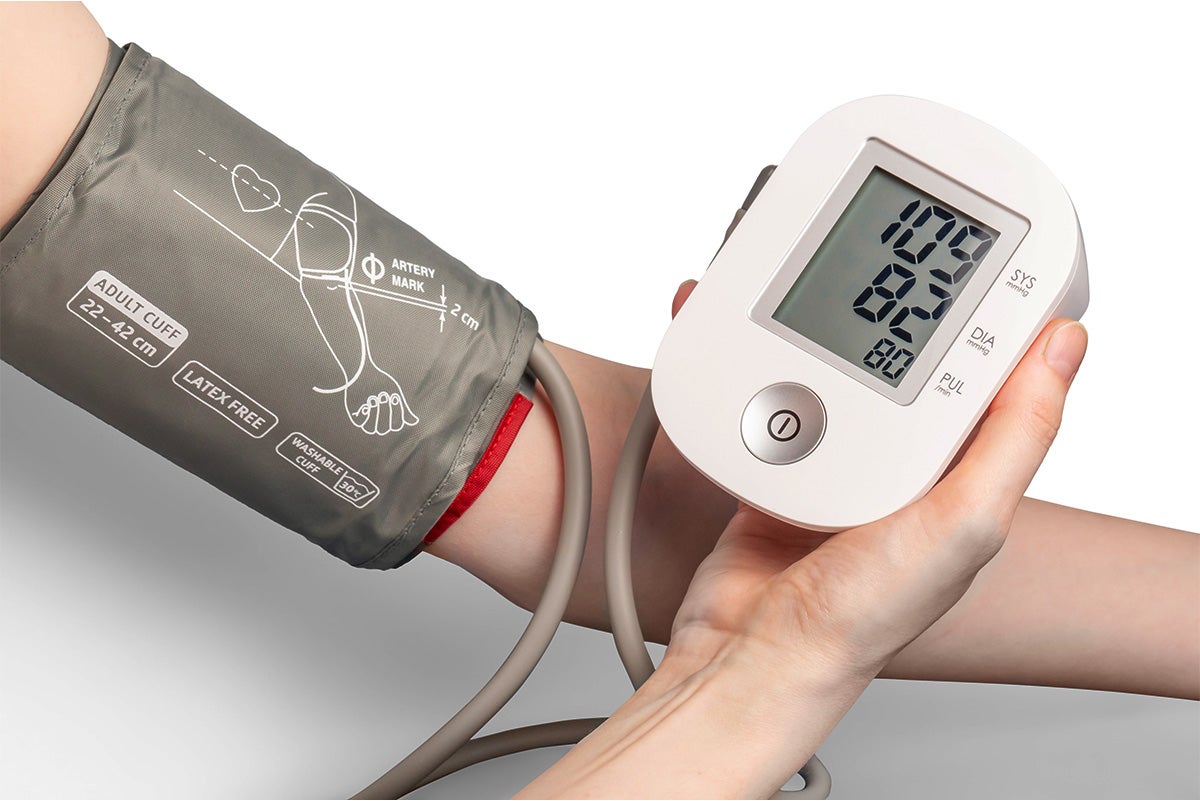Blood Pressure Tips: How to Accurately Check Your BP At Home and At The Clinic
March 28, 2023It is important to measure your blood pressure levels regularly to help health care professionals diagnose health concerns early.
Measuring your blood pressure is the only true way of knowing if you have high or low blood pressure. It is important to measure your blood pressure levels because high blood pressure typically has no warning signs or symptoms. This is why many people may not know if they have high blood pressure.
What Are the Health Risks of Low Blood Pressure?
Low blood pressure, also known as hypotension, is considered a blood pressure reading lower than 90 millimeters of mercury (mm Hg) for the systolic or top number, or 60 mm Hg for the diastolic or bottom number. You may see these numbers written as a blood pressure of 90/60. Low blood pressure may not create any noticeable symptoms, or it can cause the symptoms below:
Symptoms of Low Blood Pressure
- Dizziness
- Fatigue
- Trouble concentrating
- Nausea
Extremely low blood pressure can lead to shock and is a medical emergency. The symptoms of this condition include:
- Confusion
- Cold, clammy hands
- Loss of skin coloration
- Shallow breathing
- Weak/rapid pulse
What Are the Health Risks of High Blood Pressure?
High blood pressure, also known as hypertension, is considered a blood pressure reading of systolic 140 mm Hg or higher and diastolic 90 mm Hg or higher (140/90). High blood pressure may not have any warning signs or symptoms. Those with symptoms may experience headaches, shortness of breath, and nosebleeds.
If there are no symptoms, why does it matter?
Hypertension damages blood vessels throughout your body. It can lead to heart attack, stroke, peripheral artery disease, nerve damage, vision loss, organ failure and more. This is why hypertension is known as a “silent killer.”
Where can I get my blood pressure checked?
- By a health care professional at a clinic or doctor’s office
- At a pharmacy using a blood pressure measurement machine
- At home using a blood pressure monitor
What Can Affect a Blood Pressure Reading?
There are several factors that can affect a blood pressure measurement. It is important to keep these factors in mind while getting a blood pressure reading.
- Nervousness, also known as “white coat syndrome,” can increase your blood pressure readings. According to the Centers for Disease Control and Prevention, 1 in 3 individuals who get a high blood pressure result at the doctor’s office may have normal blood pressure readings when not at the doctor’s office.
- If you smoke, consumed caffeine or alcohol, or exercised within 30 minutes of having your blood pressure tested, the reading may be higher.
- How you sit can also affect the accuracy of blood pressure readings. Crossing your legs or resting your arm at your side rather than on a table at chest height can increase blood pressure levels.
How Can I Take My Blood Pressure Correctly?
It is important to learn the correct way to take your blood pressure, whether you are at home or at the clinic. Be sure to keep these tips in mind at your next blood pressure reading:
- Before the reading, do not drink or eat food for at least 30 minutes. It is important to empty the bladder to reduce the risk of an incorrect blood pressure reading.
- During the reading, make sure not to talk and have your arm resting at chest height. Get comfortable in a seated position and place both feet flat on the ground. Make sure the cuff is snug and against bare skin.
Learn more about blood pressure.
Need a primary care provider? A PCP is your partner for wellness, routine sick care, and referrals to medical specialists. If you don’t have a PCP, St. Mary’s can help.

